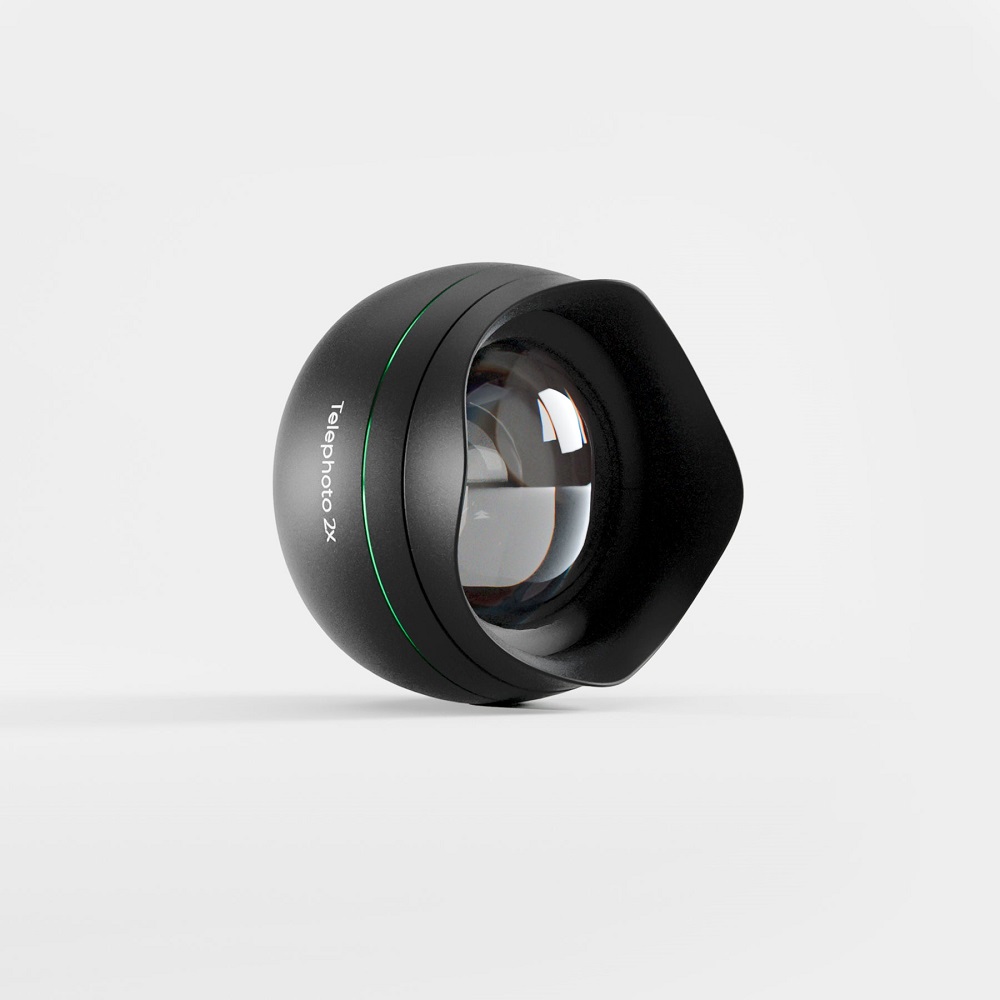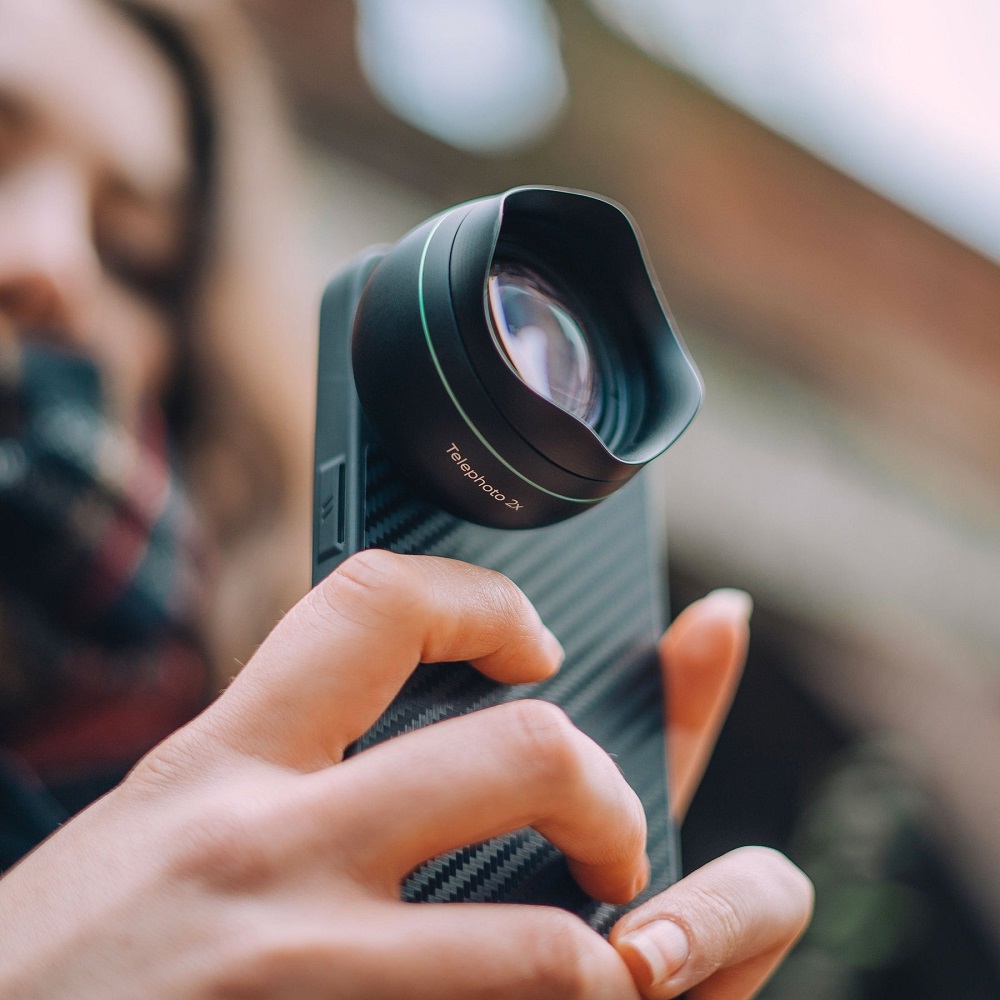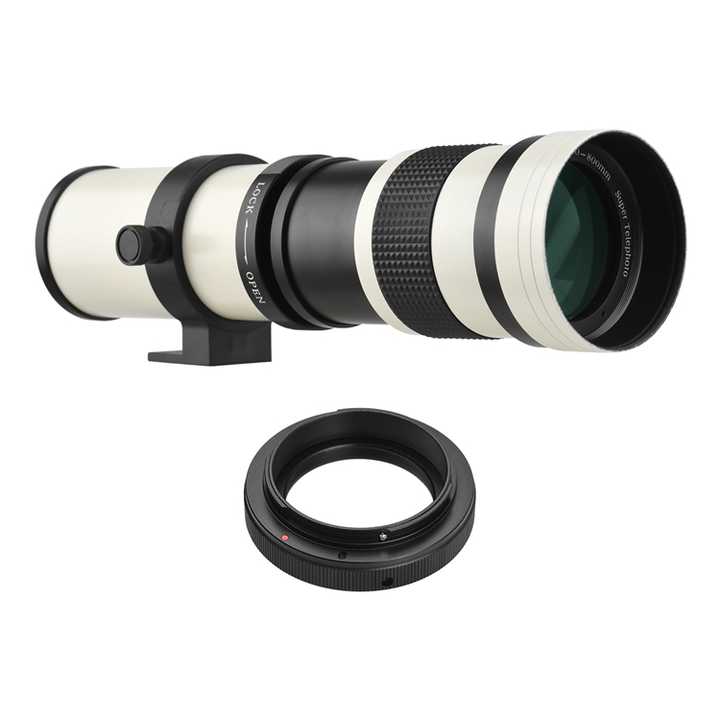In the world of photography, capturing sharp, clear images is essential. Camera shake can lead to blurry photos, especially in low-light situations or when using long focal lengths. This is where image stabilization (IS) in camera lenses comes into play. Understanding how image stabilization works and the benefits it offers can significantly enhance your photography experience. In this guide, we’ll explore the different types of image stabilization, their functions, and their importance in achieving professional-quality images.
Understanding Image Stabilization
What is Image Stabilization?
Image stabilization is a technology used in cameras and lenses designed to reduce the effects of camera shake. When you press the shutter button, even the slightest movement can lead to unintended blurriness in your photographs. This risk increases when using slow shutter speeds or longer lenses. Therefore, image stabilization compensates for these movements, yielding sharper images.
This technology can be found in both camera bodies and lenses. While some cameras feature built-in stabilization, many photographers prefer lenses equipped with IS technology for improved results. The system effectively counteracts movements, allowing you to work quickly and confidently in various shooting scenarios.
Why is Image Stabilization Important?
The importance of image stabilization cannot be overstated. It allows photographers to capture images in conditions that would otherwise be challenging, such as low light, high zoom, or when using longer focal lengths. This adaptability enhances creative possibilities and enables quick, spontaneous shots without the need for a tripod.
Additionally, stabilization systems facilitate smoother video recording by reducing jitters and vibrations during shooting. For videographers and filmmakers, having a stabilized lens can drastically improve the quality of their footage, contributing to a more polished final product.

Types of Image Stabilization
Optical Image Stabilization (OIS)
Optical Image Stabilization (OIS) is a common form of stabilization found in many modern lenses. This system usually involves shifting the lens elements or using sensors to detect movement. When the lens senses movement, it adjusts the position of established elements in real-time to counteract any identified shake.
OIS effectively minimizes blurriness across various focal lengths, making it especially useful for long lenses. Lens manufacturers, such as Canon, Nikon, and Sony, developed proprietary OIS systems. Each implementation may differ slightly in design and performance, but the primary goal remains the same: reducing camera shake and producing clearer images.
In-Body Image Stabilization (IBIS)
In-Body Image Stabilization (IBIS) takes a different approach by incorporating stabilization technology directly into the camera’s body rather than the lens. This system utilizes gyroscopic sensors to detect camera movement and compensates by adjusting the sensor’s position.
IBIS offers advantages, particularly when using older lenses or those without OIS. Since the stabilization mechanism resides within the camera body, it can stabilize any attached lens, allowing photographers to use a broader range of glass. Additionally, it can help stabilize images in all three axes—pitch, yaw, and roll—for enhanced stability and clarity.
Hybrid Image Stabilization
Hybrid Image Stabilization combines both optical and in-body stabilization technologies. This approach maximizes stabilization capabilities by incorporating the benefits of both systems. Users experience sharper images whether they shoot with stabilized lenses or utilize the camera’s built-in features.
This combined system is especially beneficial in dynamic environments or when both stills and video capture are priorities. By addressing multiple movement scenarios, hybrid systems allow photographers and videographers to focus on their creativity rather than the technicalities of stability.

How Image Stabilization Works
The Mechanics Behind IS
The mechanics of image stabilization can vary between systems, but the principles are generally consistent. In lenses, OIS works by utilizing gyroscopic sensors to detect movement. When you move your camera, these sensors register the degree and direction of the shift. The lens components then shift accordingly to maintain stable focus on the subject.
In contrast, IBIS adjusts the sensor’s position inside the camera body. While elaborate algorithms determine the necessary adjustments based on sensor feedback, both systems ensure that the captured image stays sharp, minimizing the impact of potential blurriness from camera shake.
The Impact on Shutter Speed
One significant benefit of image stabilization is its effect on shutter speed. In scenarios where you would typically require a faster shutter to prevent motion blur, image stabilization allows photographers to use slower shutter speeds without sacrificing image quality. For instance, if you usually need to shoot at 1/500 of a second to get a clear image, you may be able to use 1/60 of a second with effective image stabilization.
This capability is particularly advantageous for low-light photography, where higher ISO settings can introduce noise. By employing stabilization techniques, you can achieve clear images at lower ISO settings and retain better detail, making your photos look more professional.

Choosing the Right Image Stabilization System
Assessing Your Photography Needs
When purchasing a camera or lens, consider your specific photography needs. If you often shoot in low-light conditions or at longer focal lengths, investing in lenses with OIS might be essential. Similarly, if you frequently produce video content, a hybrid system may be the most suitable choice.
If you are working with older lenses or adapting vintage glass, IBIS is invaluable, allowing you to take sharp images without modern stabilization features. Choosing the right system depends on your shooting style and preferences, as both types have unique benefits and limitations.
Compatibility with Camera Bodies
Another critical consideration is compatibility between image stabilization systems and camera bodies. Some stabilization systems only work with specific brands or models, while others are universally compatible. Research the specifications of both your camera body and chosen lenses to ensure you make the best match for your setup.
Additionally, understand how various systems impact battery life. Stabilization technologies can draw additional power from your camera, so if you frequently take longer shoots in the field, consider ways to mitigate battery drain, such as carrying spare batteries or using power management techniques.

Benefits of Image Stabilization in Photography
Enhanced Sharpness and Clarity
One of the most significant advantages of image stabilization is its ability to enhance the sharpness and clarity of your images. Whether shooting portraits, landscapes, or action shots, OIS and IBIS work to counteract camera shake, keeping subjects in focus.
This steadiness is particularly valuable for macro photography, where stability is crucial for capturing intricate details. Macro photographers benefit immensely from image stabilization, especially when working at slow shutter speeds, which are often necessary for depth and clarity.
Flexibility in Shooting Conditions
Image stabilization gives photographers the flexibility to shoot in various conditions without always relying on a tripod. Whether you’re capturing images during a sunset, on a bustling street, or in dim indoor environments, the right stabilization technology allows you to adapt quickly. You won’t have to worry as much about camera shake ruining potentially beautiful moments.
This adaptability extends to portrait photography as well. When working with subjects in unpredictable settings, having a stabilized lens enables you to react spontaneously, capturing unique facial expressions and interactions that make your photos special.

Limitations and Considerations
Understanding the Limitations of IS
While image stabilization offers substantial benefits, it’s essential to recognize its limitations. Stabilization systems are designed primarily to counteract minor movements. They may not effectively stabilize shots when the camera experiences significant motion, such as during fast-paced sports or when shooting from a moving vehicle.
In such cases, using a tripod or monopod may still be the best option for sharp images. Additionally, while OIS generally helps with stills, it can sometimes lead to undesirable effects in video footage, such as unnatural movements or the so-called “jello effect.” Understanding these limitations helps you make informed decisions about when to use stabilization technology.
Choosing High-Quality Systems
As with any camera technology, the effectiveness of image stabilization varies by manufacturer and model. Investing in high-quality lenses with proven stabilization systems can make a noticeable difference in your results. Always read reviews and test lenses before making a purchase to ensure you select a system that meets your needs.
Pay attention to how the manufacturer implements stabilization technology. Premium brands usually invest significantly in research and development to provide effective stabilization solutions that enhance performance across various scenarios.
Tips for Maximizing Image Stabilization
Using the Right Techniques
While image stabilization is a valuable tool, utilizing the right techniques will enhance its effectiveness. For example, when shooting, maintain a stable stance by keeping your feet shoulder-width apart and your elbows tucked into your body. This position creates a solid foundation and reduces the chances of camera shake increasing.
Also, try to hold your breath briefly as you take the shot. This can eliminate some of the micro-movements caused by breathing, further stabilizing your images.
Utilizing the Dual Benefits
When you choose a lens with optical stabilization and a camera body featuring in-body stabilization, you can enjoy the benefits of both systems. This dual approach allows for superior control over any movement or shake during shooting. However, be mindful of how each system works; sometimes, you might need to disable one when using the other to avoid conflicts that could compromise image quality.
Remember, leveraging both systems can provide exceptional results, allowing you to capture stunning images with remarkable clarity in a broader range of shooting situations.
Conclusion
Image stabilization plays a critical role in producing sharp, clear images. As photographers, understanding the various types of stabilization, how they function, and when to utilize them can enhance your photography significantly. Investing in high-quality lenses or cameras with effective stabilization systems prepares you for various shooting scenarios and sharpens the final output while allowing for greater creative freedom.
As you continue your photography journey, be sure to experiment with image stabilization techniques and features in your gear. By doing so, you can push the boundaries of your captures and unlock the potential for beautiful, emotive photographs that stand the test of time.


